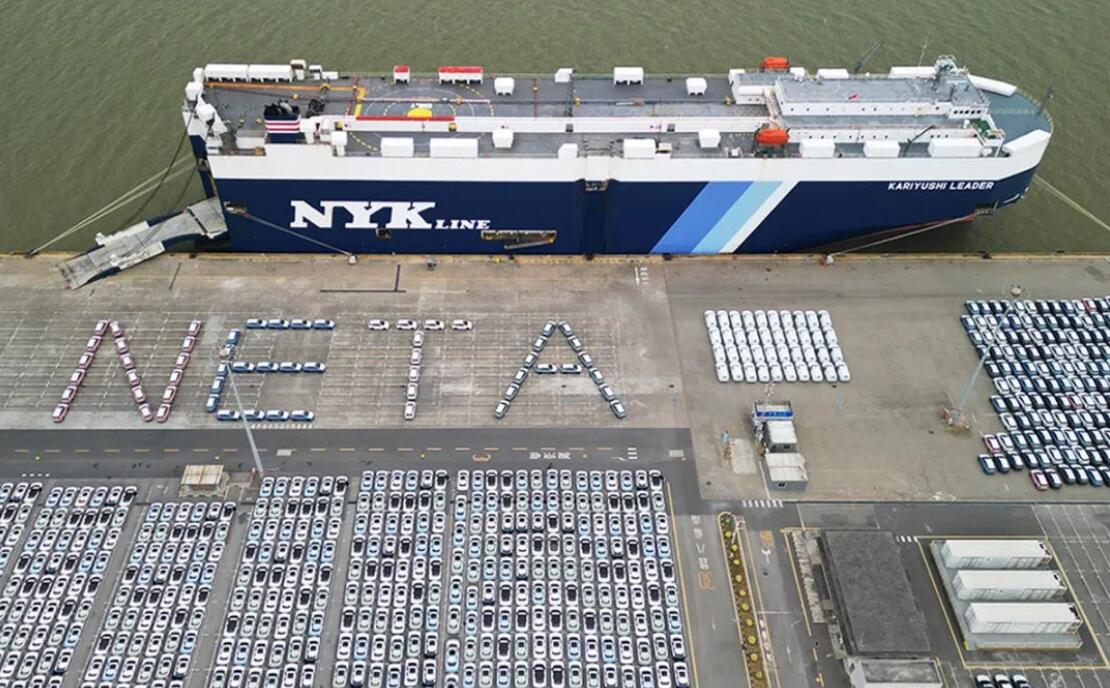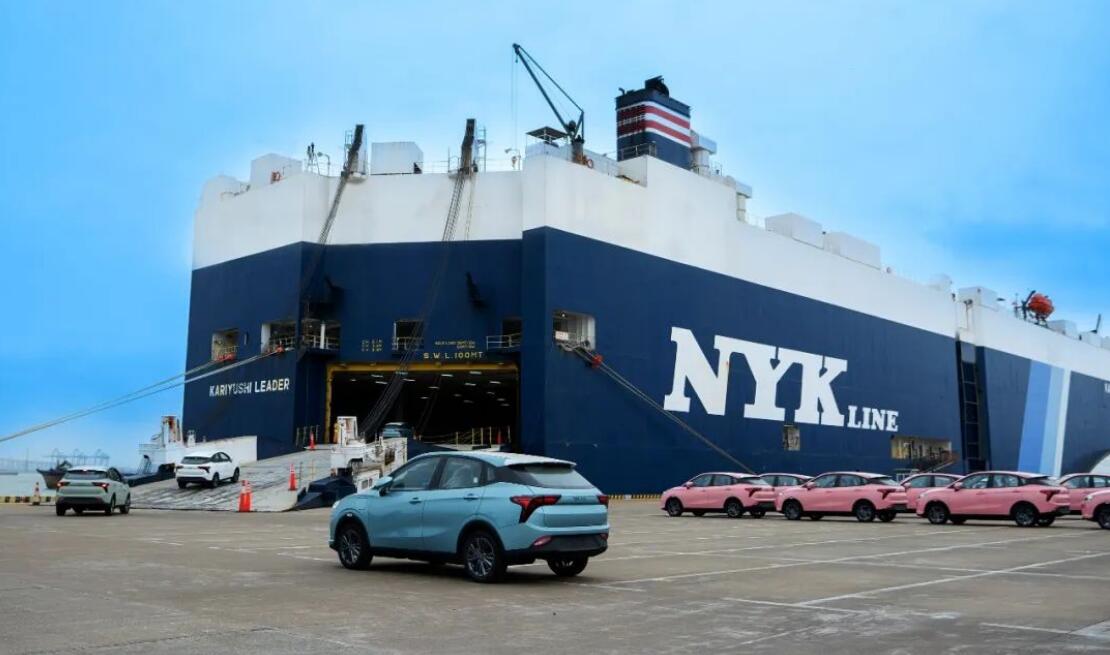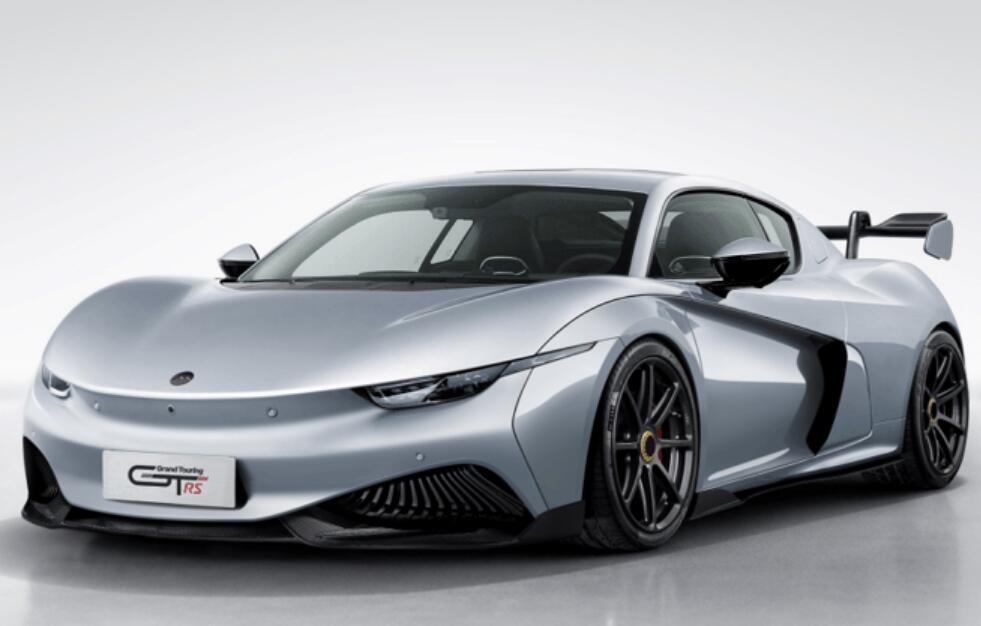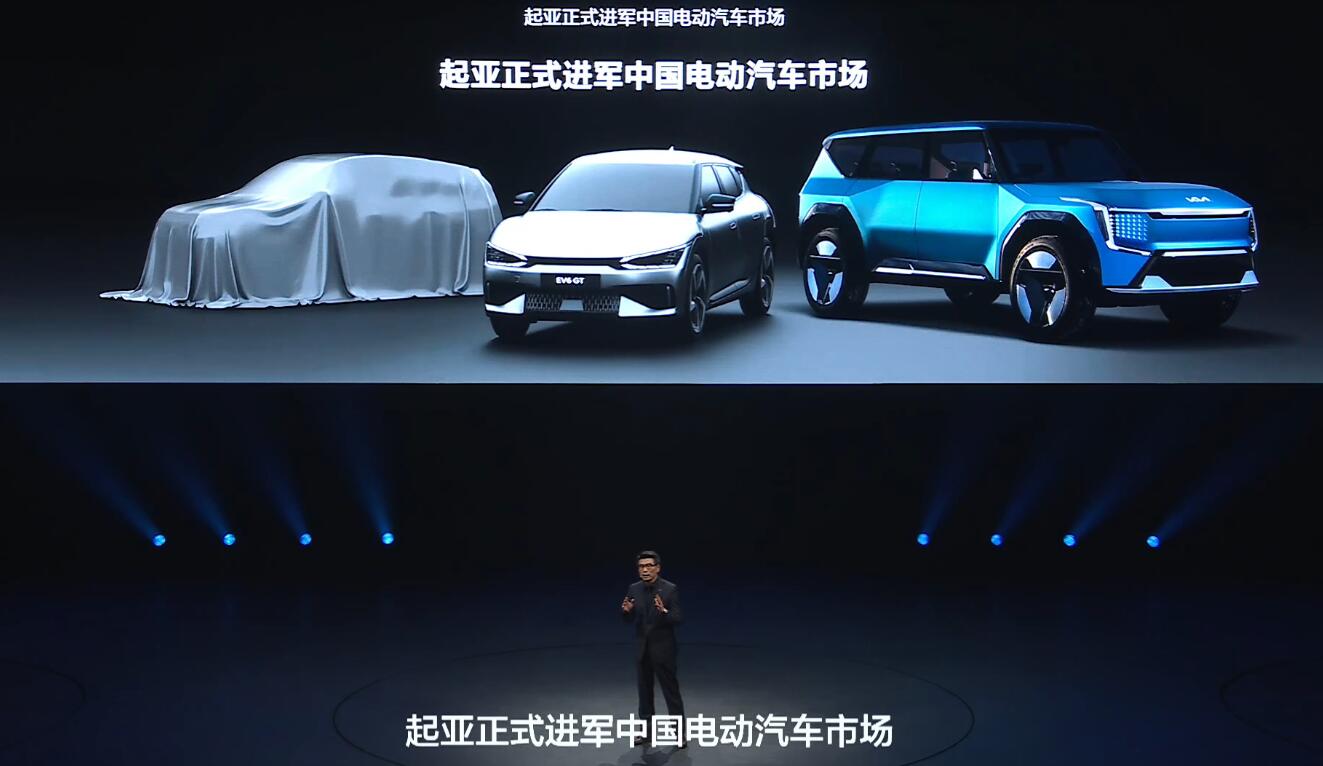This is the largest single export to date for the new Chinese carmaker. The Neta V has already accumulated over 2,000 deliveries in Thailand.

(Image credit: Neta)
Chinese electric vehicle (EV) maker Neta Automobile is sending thousands of EVs to Thailand as it ramps up its efforts in Southeast Asia.
On March 21, 3,600 Neta V EVs began shipping at Guangzhou's Nansha port, the largest single export to date by a new Chinese carmaker, Neta said in a press release today.
The vehicles will be shipped to Thailand, where Neta V has already accumulated more than 2,000 deliveries and ranked second on the list of pure electric model license plate registrations for 2 consecutive months, Neta said.
Neta announced the launch of the right-hand-drive version of the Neta V at a launch event in Thailand on August 24, 2022, as its first model offered there.

Neta said at the time that it had 25 authorized dealers in Thailand and that number would reach 30 by the end of 2022. Its press release today did not mention the company's latest number of dealers in Thailand.
To date, Neta has established a European division, a Thai subsidiary, launched three overseas products including Neta U global version, Neta V global version and Neta V right-hand drive version, and has a presence overseas across ASEAN, South Asia and Middle East markets, it said.
Neta currently sells the Neta V, Neta U-II and Neta S in China, which start at RMB 83,900 ($12,190), 135,800 and 242,800 respectively.
The company delivered 7,117 vehicles in February, up 255 percent from a year earlier, but down 35 percent from 11,009 units in January, data released by the company earlier in the month showed.
On March 10, Neta laid the groundbreaking for its plant in Bangkok, Thailand, which will be its main manufacturing base for building right-hand drive electric vehicles for export to ASEAN.
The plant is Neta's first overseas factory and the first in Thailand for a new Chinese carmaker.
When completed, the plant will have a capacity of 20,000 units per year and is expected to be operational by the end of January 2024, Neta said earlier this month.
Neta plans to expand its overseas operations to more regions including the Middle East and the European Union, making it a brand that consumers around the world recognize and trust, company co-founder and CEO Zhang Yong said at the groundbreaking ceremony for the Thai plant.
As competition in China's EV market grows fiercer, many local car companies have stepped up efforts to expand into overseas markets.
Neta's latest export is the ninth batch of NEVs to be exported from Guangzhou's Nansha Free Trade Pilot Zone this year, according to a report by state-owned CCTV today.
So far this year, the Nansha pilot zone has exported 7,251 NEVs, up more than 33 times year-on-year, according to the report.
($1 = RMB 6.8847)

The post Neta sending 3,600 EVs to Thailand appeared first on CnEVPost.
For more articles, please visit CnEVPost.















